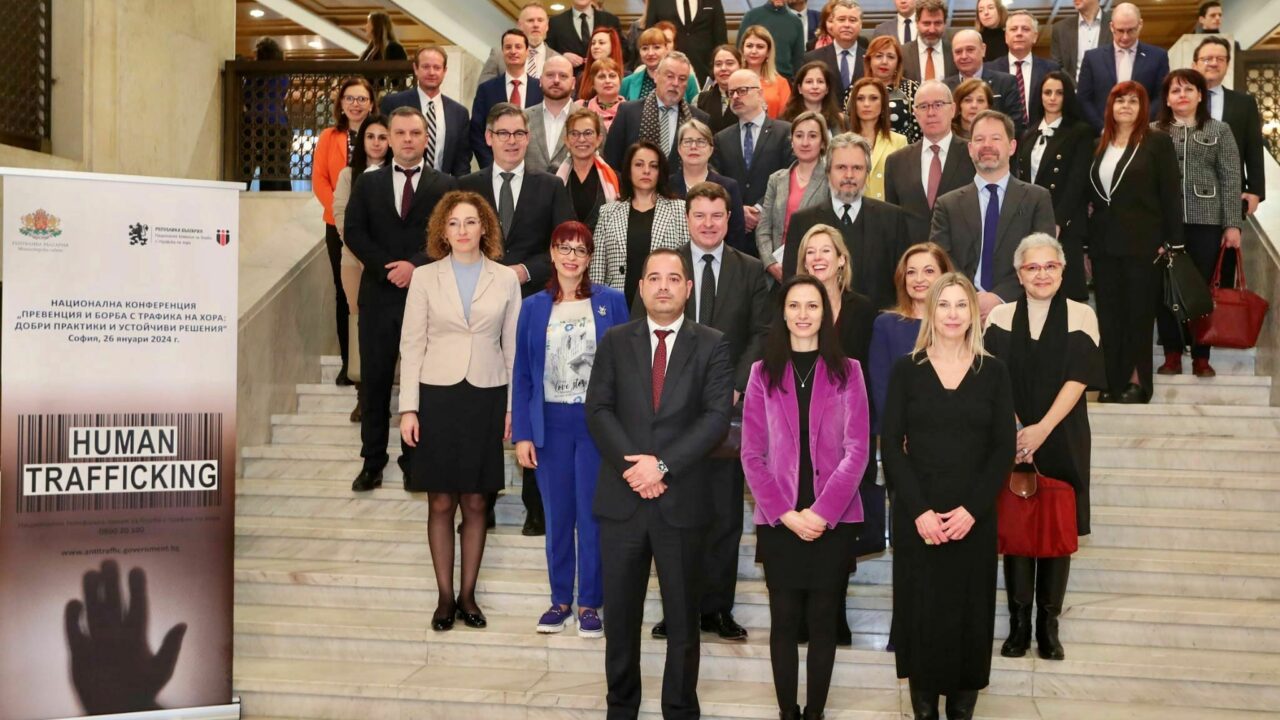
NGOCSTIP – The Power of International Partnerships in Combatting Human Trafficking has been a crucial factor in the global effort to protect vulnerable populations from exploitation. Human trafficking is a serious crime that affects millions worldwide, with many individuals subjected to forced labor, sexual exploitation, and other forms of abuse. Tackling this complex issue requires cooperation between governments, non-governmental organizations (NGOs), law enforcement agencies, and international bodies. As trafficking networks grow more sophisticated, international partnerships are essential to dismantle these networks and safeguard those at risk.
Human trafficking is not confined to a specific region or country; it is a global issue that transcends borders. Victims are trafficked for various purposes, including forced labor, prostitution, and organ harvesting. According to the International Labour Organization (ILO), over 40 million people are currently living in conditions of modern-day slavery, and the trafficking of human beings is one of the fastest-growing criminal industries worldwide. Traffickers exploit the vulnerabilities of individuals, including poverty, lack of education, and political instability, making it even more critical for international cooperation to address these root causes and prevent trafficking.
Given its international scope, the fight against human trafficking demands the involvement of multiple stakeholders working in tandem. Governments alone cannot tackle this issue effectively. This is where international partnerships come into play.
“Read about: The Silent Suffering: Identifying the Hidden Victims of Trafficking”
International partnerships are the backbone of efforts to combat human trafficking. By collaborating across borders, countries can pool their resources, knowledge, and expertise to create comprehensive solutions. These partnerships also enhance the effectiveness of anti-trafficking programs, improving their reach and impact.
One of the most prominent international agreements aimed at combating human trafficking is the Palermo Protocol. Adopted by the United Nations in 2000, this protocol created a global framework for criminalizing human trafficking and promoting cooperation among nations to prevent trafficking, protect victims, and prosecute offenders. The protocol has been ratified by over 170 countries, marking a significant step forward in the fight against trafficking.
In addition to global treaties like the Palermo Protocol, regional partnerships also play a critical role. For example, the European Union (EU) works closely with agencies such as Europol and Eurojust to tackle trafficking within and beyond its borders. These agencies facilitate cross-border cooperation, sharing intelligence and conducting joint operations to dismantle trafficking rings. By coordinating efforts, these partnerships help reduce the impact of trafficking in high-risk regions.
“Read more: Supporting a Child with Cancer: What Parents and Caregivers Need to Know”
One of the most notable regional efforts to combat human trafficking is ASEAN. The Power of International Partnerships in Combatting Human Trafficking drives this initiative. ASEAN focuses on preventing trafficking in Southeast Asia, a region vulnerable to exploitation. Economic disparities and porous borders are often exploited by traffickers. In response, ASEAN members strengthen laws and increase public awareness. The ASEAN Convention Against Trafficking in Persons provides a framework for cooperation. This framework emphasizes prevention, prosecution, and victim protection.
Through ASEAN’s efforts, countries have implemented stronger legal measures and better victim support services. The Power of International Partnerships in Combatting Human Trafficking has been crucial in these actions. Joint law enforcement operations, such as Operation Cross Border, have been successful. These collaborations have led to significant raids and the rescue of trafficking victims. The success of Operation Cross Border highlights the power of collective action.
In recent years, public-private partnerships have become valuable tools in combatting human trafficking. The Power of International Partnerships in Combatting Human Trafficking has been central to this progress. Governments and international organizations have teamed up with private sector companies, especially in industries like agriculture, textiles, and construction. These partnerships aim to raise awareness about human trafficking risks in supply chains and take action against exploitation.
For example, technology companies have partnered with law enforcement to develop tools for tracking and reporting trafficking activities. Social media platforms, often exploited by traffickers to lure victims, are now being monitored more closely. Tech companies collaborate with international bodies to identify and disrupt trafficking networks. Similarly, businesses in high-risk sectors are being held accountable for the conditions within their supply chains. Many companies are adopting anti-trafficking measures and committing to fair labor practices, driven by the power of international partnerships in combatting human trafficking.
One of the primary advantages of international partnerships is the ability to share information and intelligence between countries. Human trafficking networks are often highly organized and operate across multiple countries, making it difficult for individual nations to tackle trafficking on their own. By working together and sharing intelligence, countries can track trafficking routes, identify perpetrators, and rescue victims more efficiently.
In the United States, the Federal Bureau of Investigation (FBI) collaborates with international law enforcement agencies such as Interpol to combat trafficking rings. The Trafficking Victims Protection Act (TVPA) in the U.S. supports this international cooperation by providing funding for victim assistance programs and enhancing global law enforcement partnerships.
While enforcement and victim protection are essential, international partnerships also focus on addressing the root causes of human trafficking. These causes often include poverty, lack of education, political instability, and gender inequality. By working together, countries can address these factors through education programs, economic development, and social welfare initiatives.
Through organizations like the United Nations Office on Drugs and Crime (UNODC), international partnerships also focus on raising awareness and promoting prevention strategies. By empowering vulnerable populations and reducing the appeal of trafficking, these efforts can prevent the exploitation of individuals before it begins.